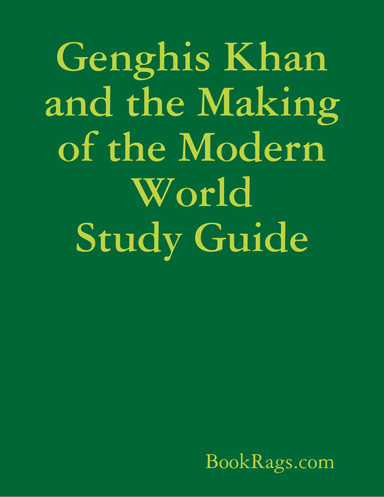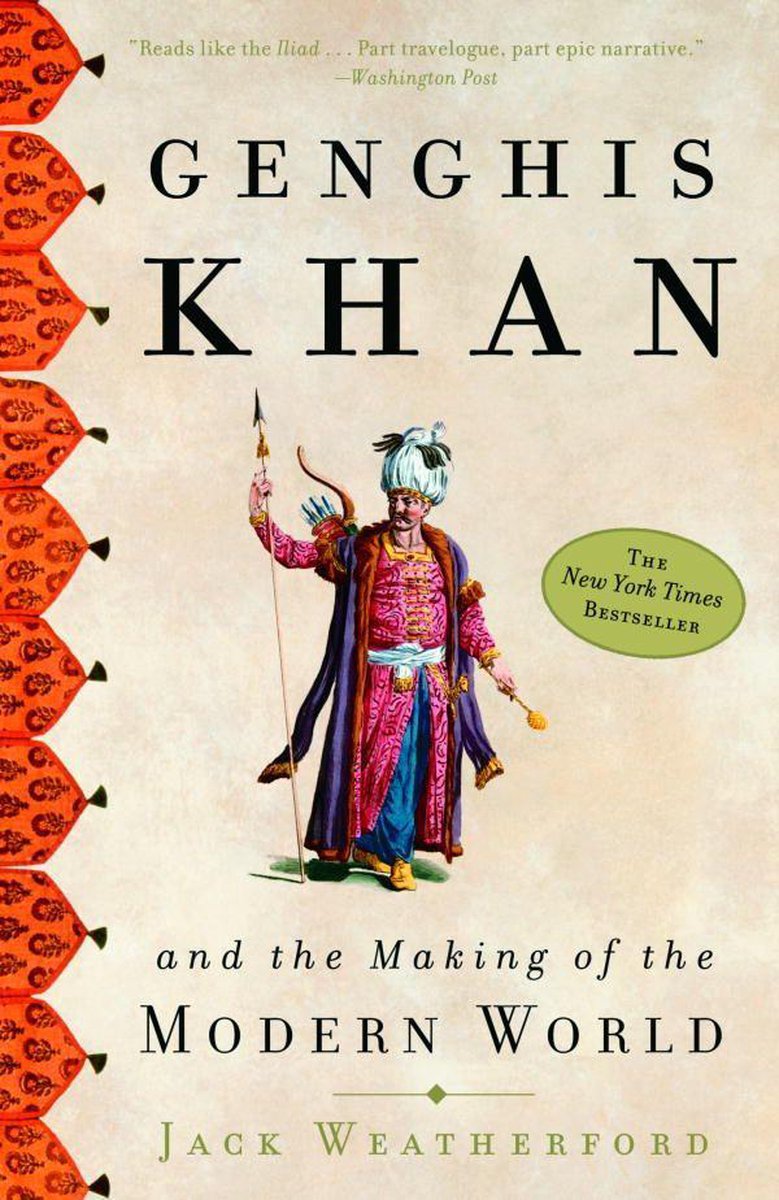

Regular citizen occupants of the city were saved while the city’s military was totally crushed by recently developed attack motors and mounted guns. Weatherford contrasts Khan’s momentous tolerance towards the individuals who submitted to his standard with his assurance to pulverize those foes that didn’t submit: “Opposition would be met with death, reliability with security” (9). Further, by traveling with as little luggage as possible and just structure what was required for the attack nearby, he had the option to move rapidly. By isolating his militaries, he had the option to dispatch an unexpected assault on the city and show up out of the blue with his fundamental power, catching countless escaping safeguards.

Weatherford decides to open with this specific scene, one of numerous comparative occasions in the battles, since it gives a decent exhibition of Genghis’ one of a kind procedures and developments in both fighting and culture.īy first scary and constraining the give up of encompassing settlements before assaulting the city, Khan had the option to utilize dread and terrorizing, instead of real brutality, as his essential weapon. “The Blood Coagulation” Weatherford starts his record of Genghis Khan’s life in the center, by portraying the attack and victory of the significant desert garden city of Bukhara, in 1220, throughout Khan’s military battles in Focal Asia.


 0 kommentar(er)
0 kommentar(er)
